
Subscribe to continue reading
Become a paid subscriber to get access to the rest of this post and other exclusive content.
Bringing You the Wonder of Yesterday – Today

Become a paid subscriber to get access to the rest of this post and other exclusive content.

Become a paid subscriber to get access to the rest of this post and other exclusive content.

Become a paid subscriber to get access to the rest of this post and other exclusive content.

Become a paid subscriber to get access to the rest of this post and other exclusive content.
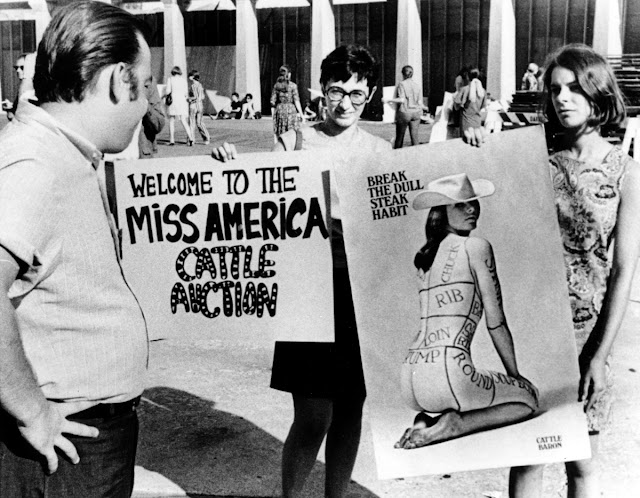
The Miss America protest was a demonstration held at the Miss America 1969 contest on September 7, 1968, attended by about 200 feminists and civil rights advocates. The feminist protest was organized by New York Radical Women and included putting symbolic feminine products into a “Freedom Trash Can” on the Atlantic City boardwalk, including bras, hairspray, makeup, girdles, corsets, false eyelashes, mops, and other items.
While it was widely rumored that the trash can was then lit on fire — sparking the decades-old myth of bra-burning feminists — the protest occurred incident (and flame) free. However, thanks to the widespread media that the pageant already drew, the protest and the cause was heavily covered in newspapers across the nation.
The dramatic, symbolic use of a trash can to dispose of feminine objects caught the media’s attention. Protest organizer Hanisch said about the Freedom Trash Can afterward, “We had intended to burn it, but the police department, since we were on the boardwalk, wouldn’t let us do the burning.” A story by Lindsy Van Gelder in the New York Post carried a headline “Bra Burners and Miss America.” Her story drew an analogy between the feminist protest and Vietnam War protesters who burned their draft cards. Individuals who were present said that no one burned a bra nor did anyone take off her bra.
The parallel between protesters burning their draft cards and women burning their bras were encouraged by organizers including Robin Morgan. The phrase became headline material and was quickly associated with women who chose to go braless. Feminism and “bra-burning” then became linked in popular culture.
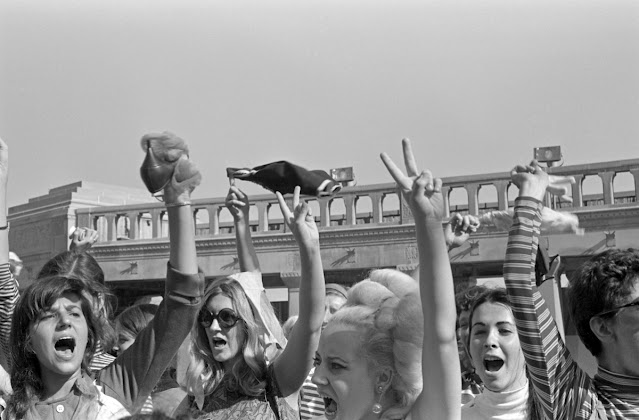
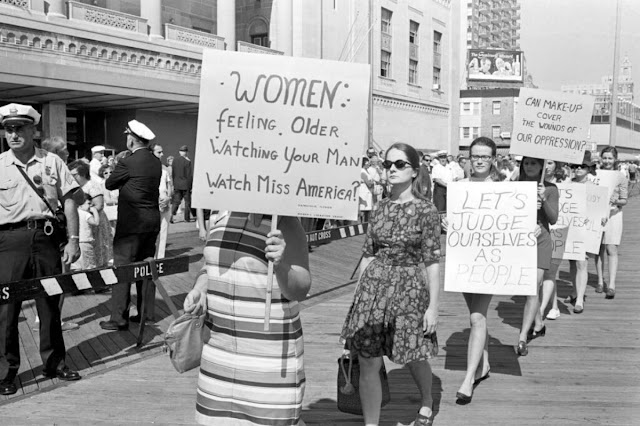
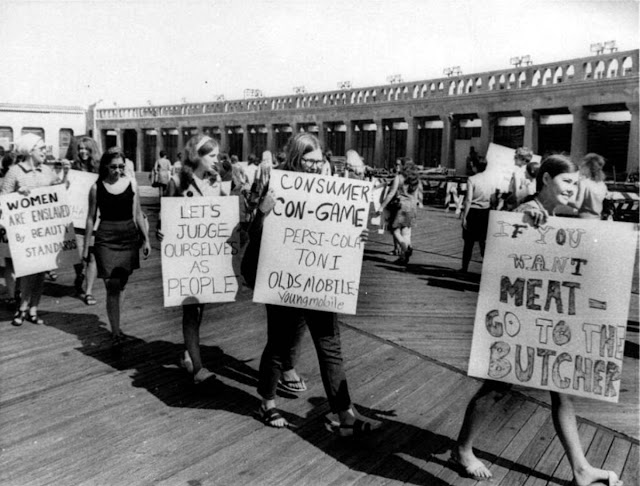
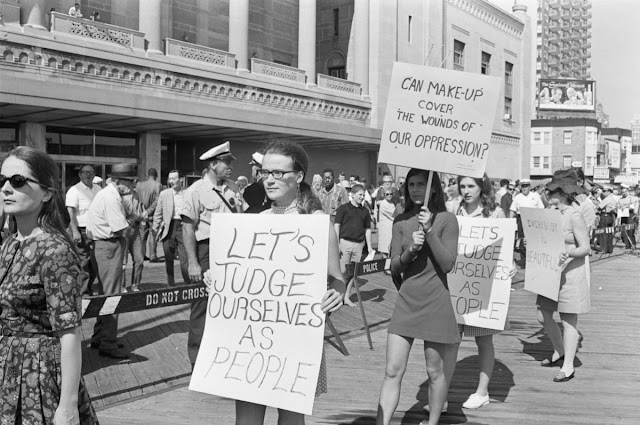
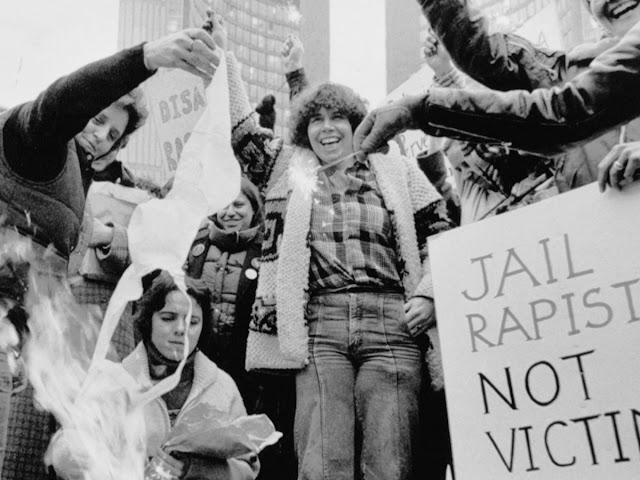
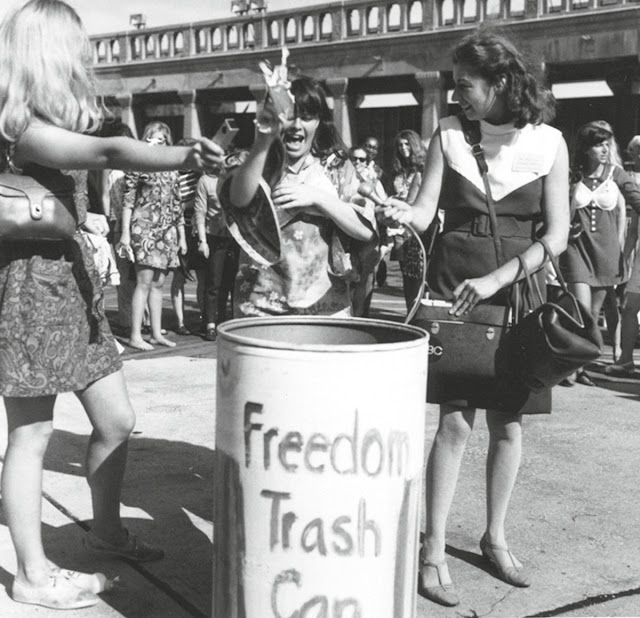

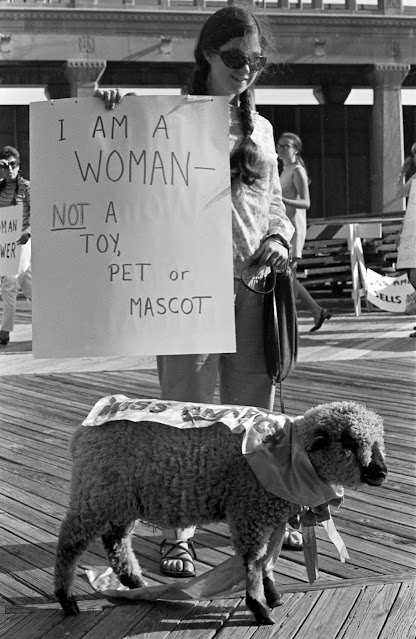


Become a paid subscriber to get access to the rest of this post and other exclusive content.

Become a paid subscriber to get access to the rest of this post and other exclusive content.

Become a paid subscriber to get access to the rest of this post and other exclusive content.

Become a paid subscriber to get access to the rest of this post and other exclusive content.

Become a paid subscriber to get access to the rest of this post and other exclusive content.

Become a paid subscriber to get access to the rest of this post and other exclusive content.

Become a paid subscriber to get access to the rest of this post and other exclusive content.

It wasn’t until the 18th century when manners changed and modesty suddenly took hold that we get the first true swimsuit, with European ladies wading into the water in long dresses, known as “bathing costumes,” which were often made from wool and frequently featured sleeves—sometimes even being worn with long socks.
In the Victorian era swimwear was of a style of outer clothing of the time, which were cumbersome and even dangerous in the water, especially in the case of dress-style swimwear for women.
Since the early 20th century, swimming came to be regarded as a legitimate leisure activity or pastime and clothing made specifically for swimming became the norm. Since then, swimwear for women has become increasingly more scanty and form-fitting, and the use of high-tech materials has become more common.
Take a look at these vintage photos to see what bathing suits looked like from Victorian and early Edwardian eras.

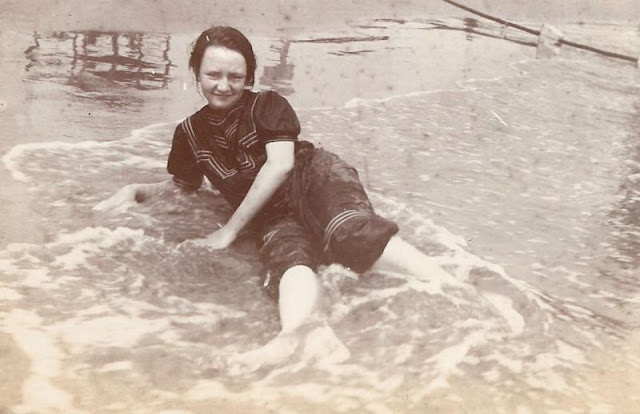
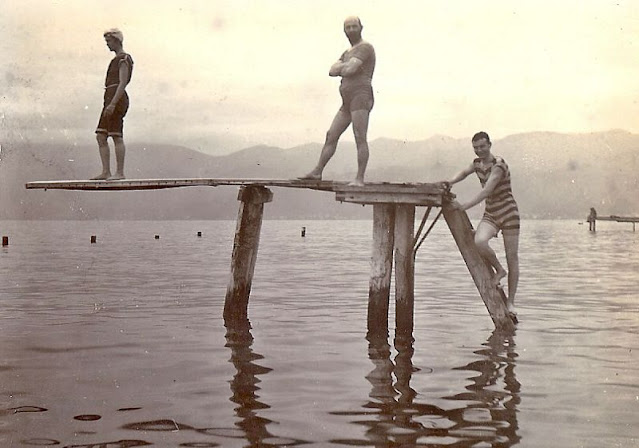

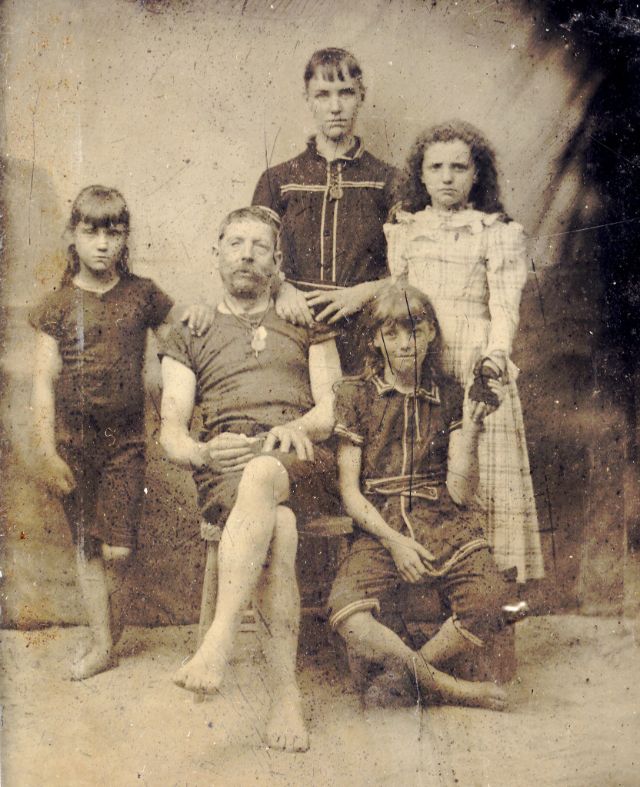
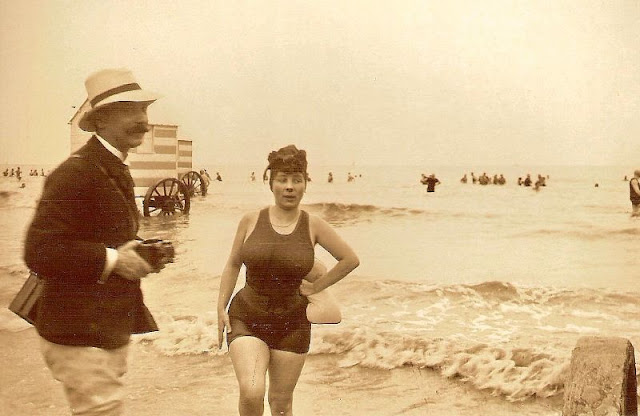



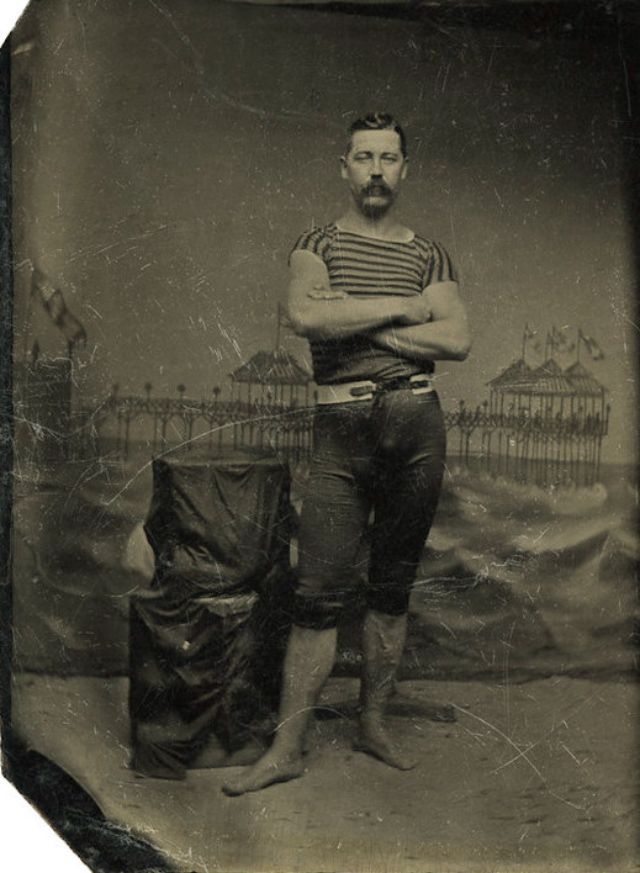



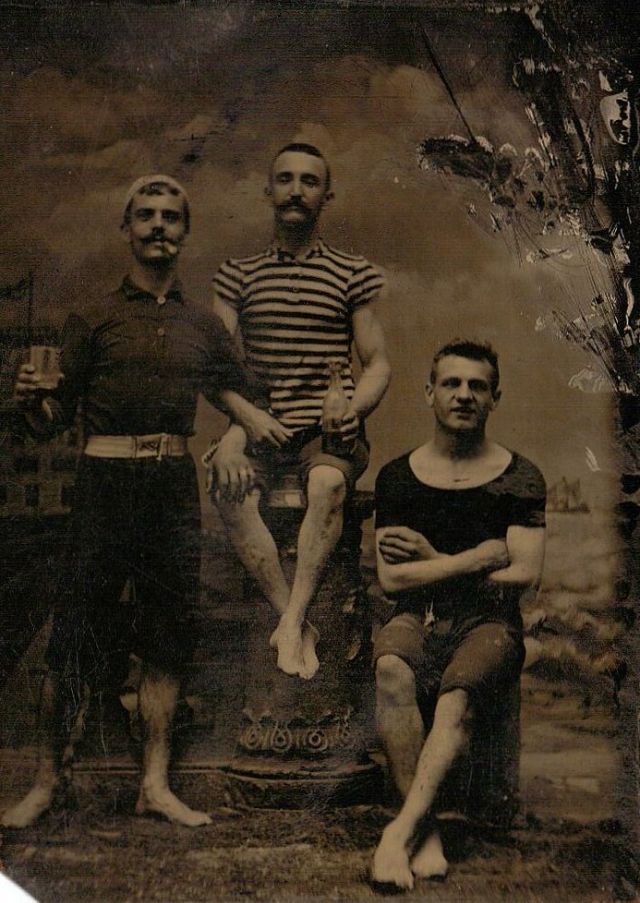


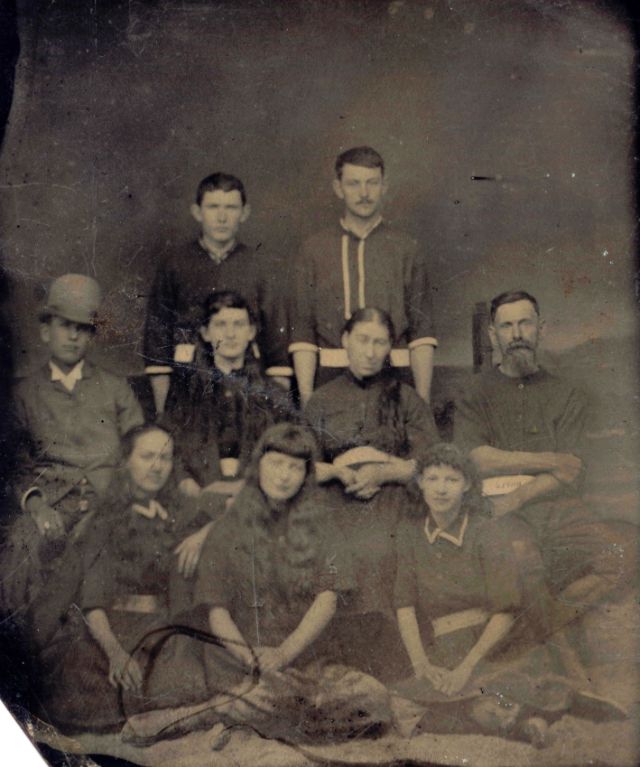



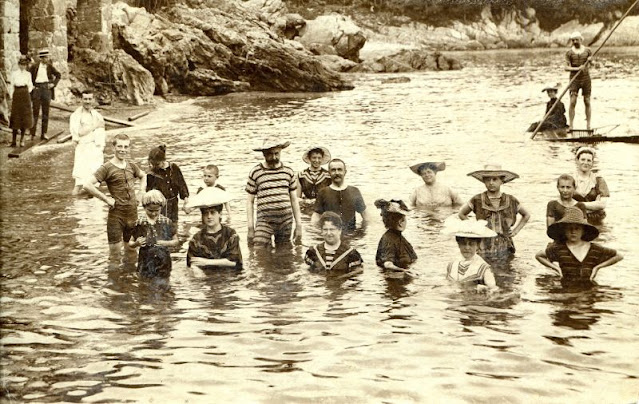
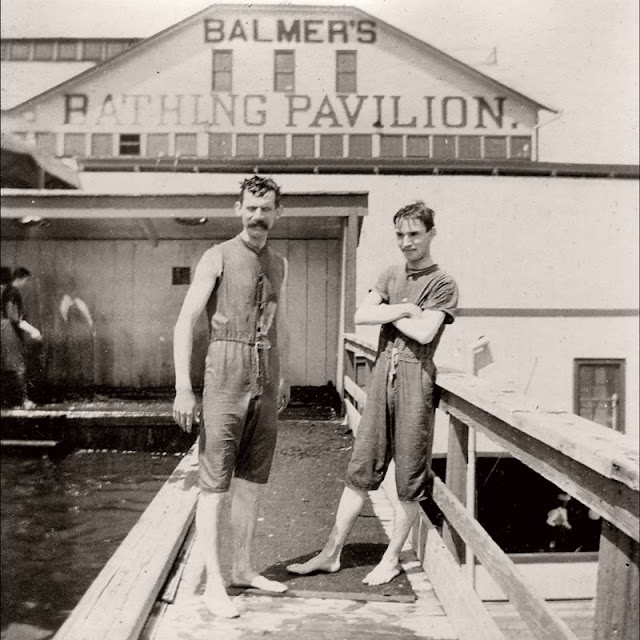
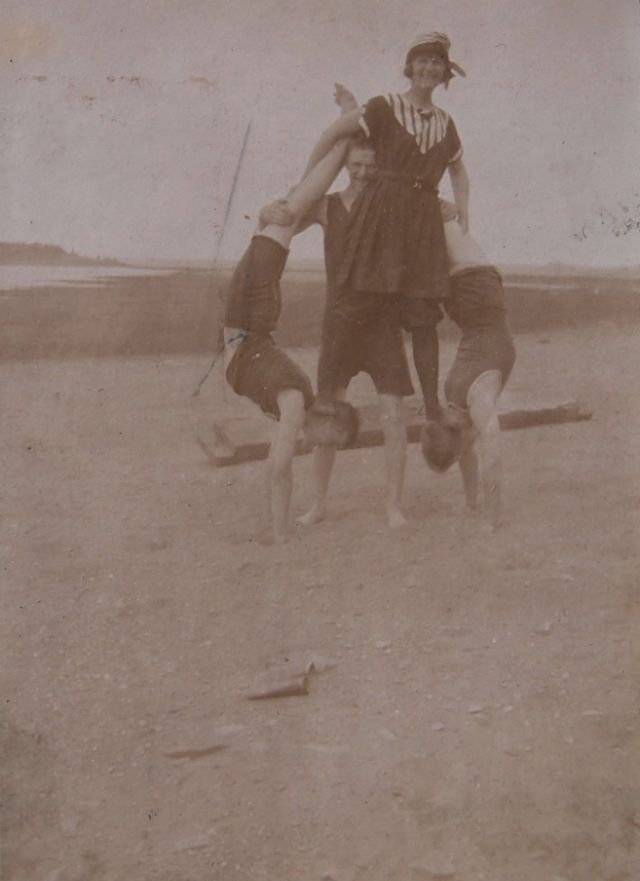


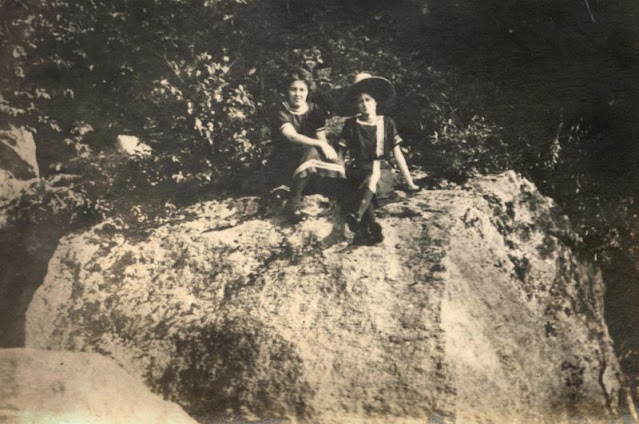
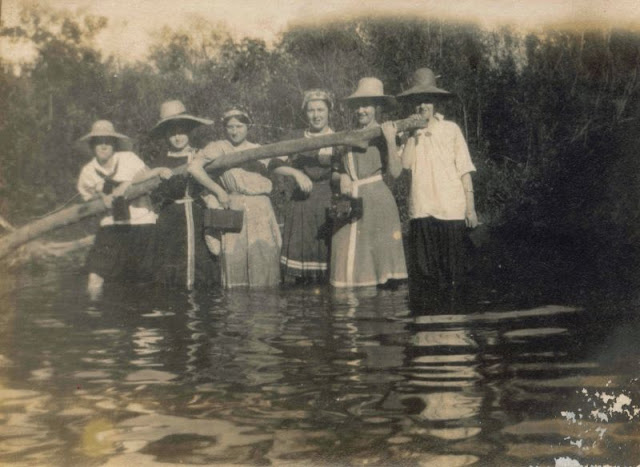




Become a paid subscriber to get access to the rest of this post and other exclusive content.

Become a paid subscriber to get access to the rest of this post and other exclusive content.

Become a paid subscriber to get access to the rest of this post and other exclusive content.

Become a paid subscriber to get access to the rest of this post and other exclusive content.

Become a paid subscriber to get access to the rest of this post and other exclusive content.

Become a paid subscriber to get access to the rest of this post and other exclusive content.

Become a paid subscriber to get access to the rest of this post and other exclusive content.

Become a paid subscriber to get access to the rest of this post and other exclusive content.

Become a paid subscriber to get access to the rest of this post and other exclusive content.

Become a paid subscriber to get access to the rest of this post and other exclusive content.

Become a paid subscriber to get access to the rest of this post and other exclusive content.

Become a paid subscriber to get access to the rest of this post and other exclusive content.

Become a paid subscriber to get access to the rest of this post and other exclusive content.

Raquel Welch was one of the most fervent supporters of American troops fighting in Vietnam amongst Hollywood celebrities. Rather than simply be vocal in her support, she went along with Bob Hope on his 1967 USO trip where she’d do whatever she could to give the men a little taste of home – she even cut a rug with a few soldiers.
During the shows in Saigon Welch performed solo, she danced, and she even took part in a comedy duo with Bob Hope where she added a little flavor to his performance. She was a performer that the boys definitely looked forward to.


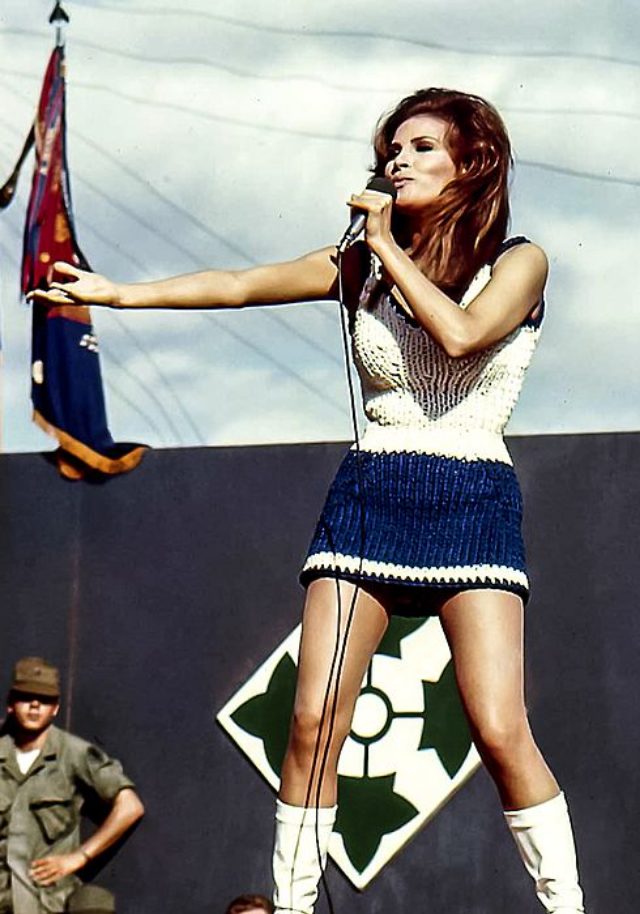


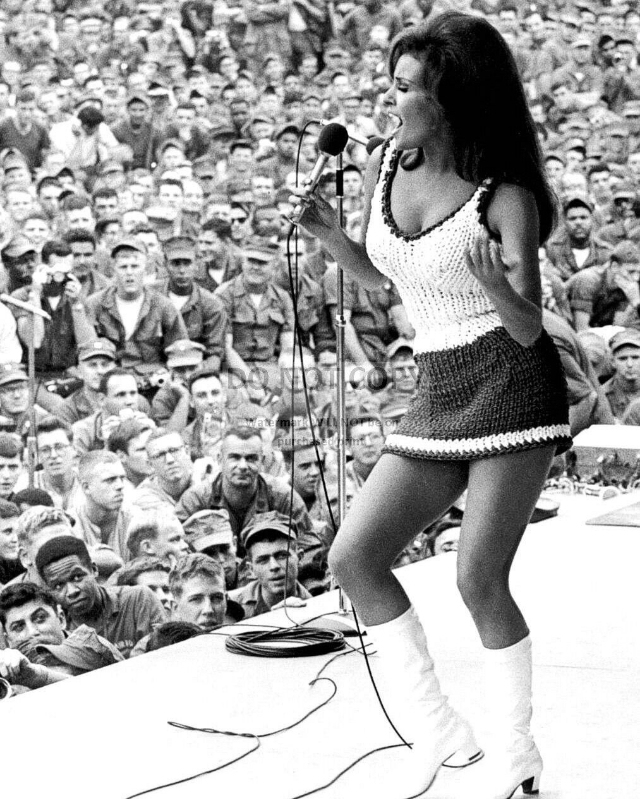





Right from the times of Queen Victoria up to the late 1800s, there was vast progress in all spheres and this period was defined by popular fashion and hairstyle trends.
Fashion moved away from the stiff and snobbish styles adopted by the aristocrats (in wigs) in the 1700s and became more casual, taking inspiration from the classical period. People began dressing up in styles that allowed them to express themselves. Men’s hairstyles were mostly shaped by the traditional societal views, which required them to be flawlessly groomed.
The 1800s saw short hairstyles for men, including neatly trimmed, side part haircuts, slicked-back hairstyles and long sideburns. Take a look at these vintage photos to see what men’s hairstyles looked like in the mid-19th century.



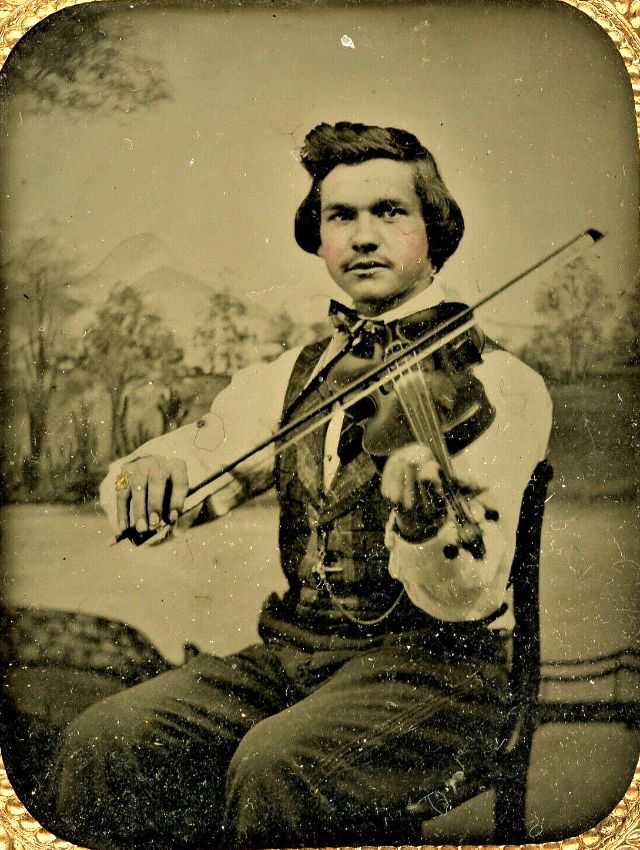




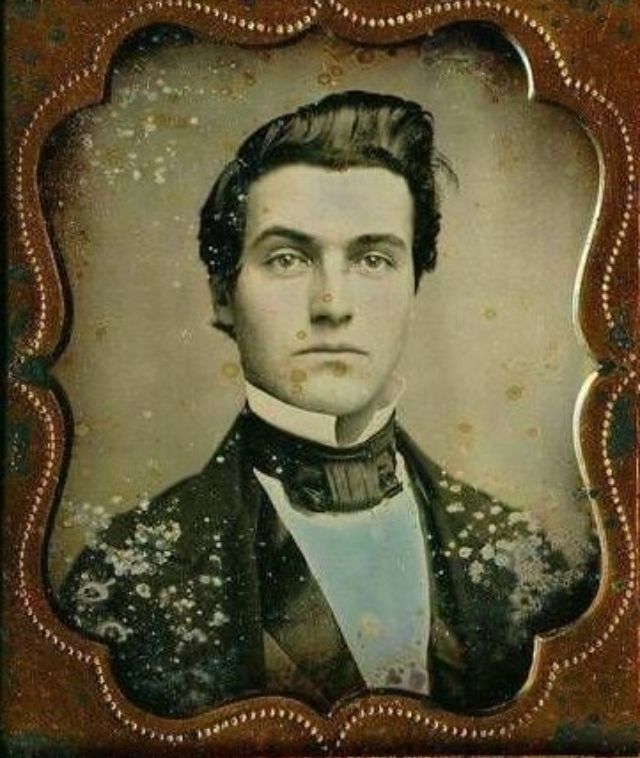
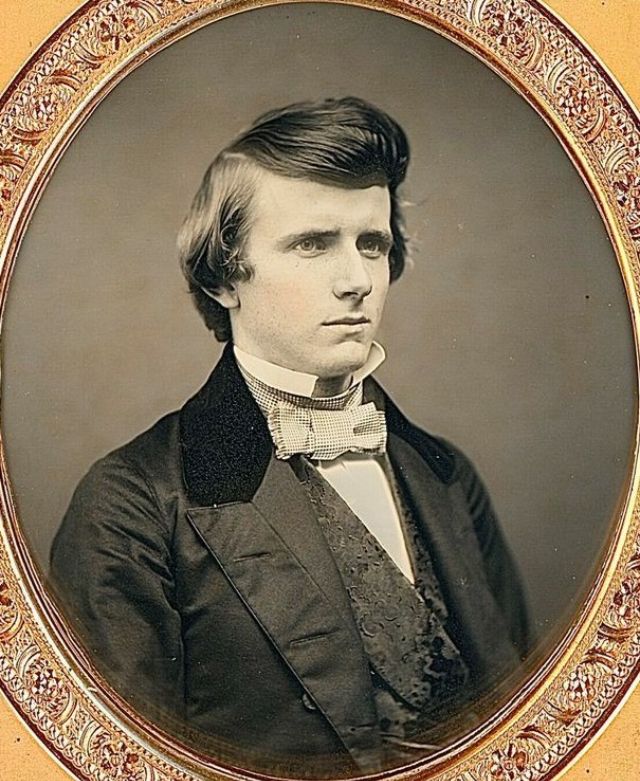

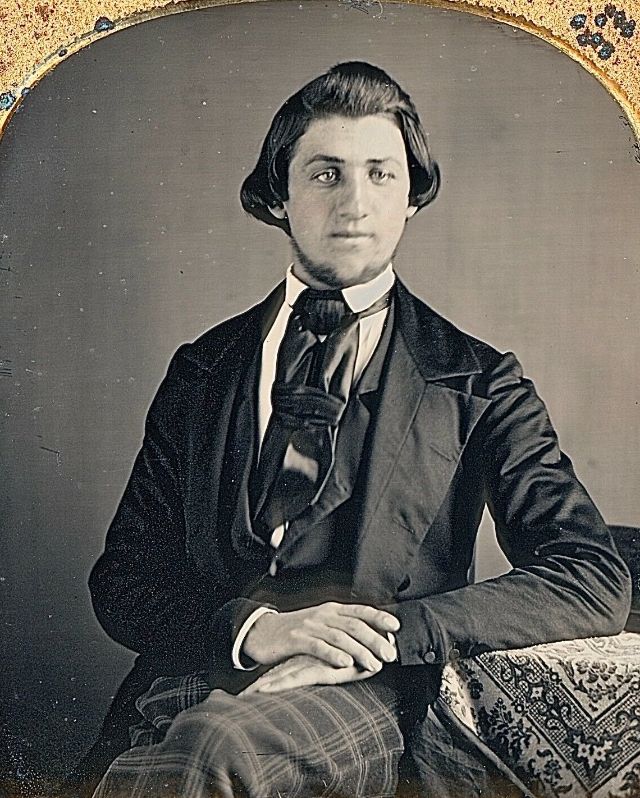

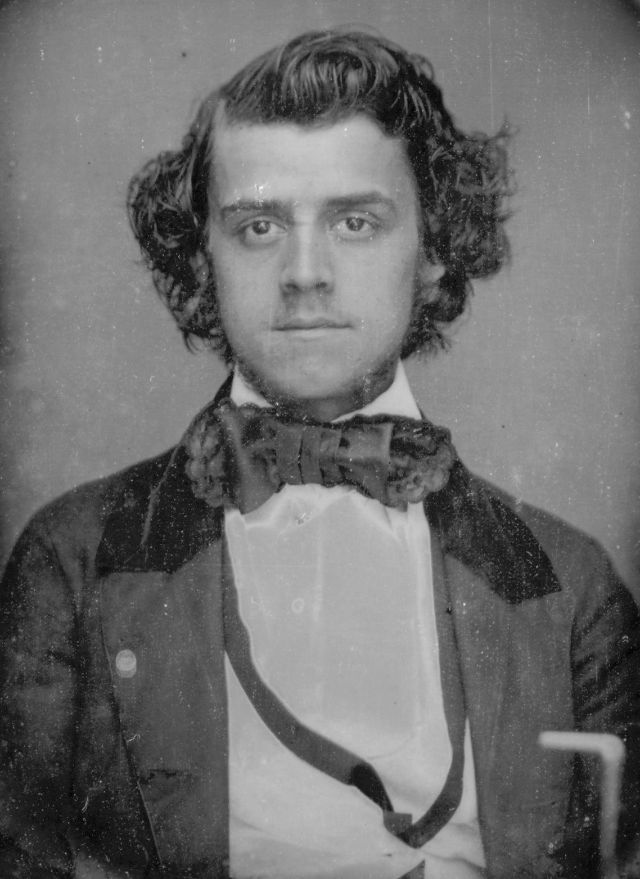

















Become a paid subscriber to get access to the rest of this post and other exclusive content.

Become a paid subscriber to get access to the rest of this post and other exclusive content.

Born 1883 in Boston, American actress Pauline Frederick made her stage debut at the age of 17 as a chorus girl in the farce The Rogers Brothers at Harvard, but was fired shortly thereafter. She won other small roles on the stage before being discovered by illustrator Harrison Fisher who called her “the purest American beauty.”
With Fisher’s help, Frederick landed more substantial stage roles. Nicknamed “The Girl with the Topaz Eyes”, she was cast in the lead roles in the touring productions of The Little Gray Lady and The Girl in White in 1906. She briefly retired from acting after her first marriage in 1909, but returned to the stage in January 1913 in Joseph and His Brethren.
A well-known stage star, Frederick was already in her 30s when she made her film debut in 1915 as Donna Roma in The Eternal City. She was able to make a successful transition to “talkies” in 1929, and was cast as Joan Crawford’s mother in This Modern Age (1931).
Frederick did not like acting in sound films and returned to Broadway in 1932 in When the Bough Breaks. She would continue the remainder of her career appearing in films and also touring in stage productions in the United States, Europe and Australia.
Frederick died in 1938 from an asthma attack at her aunt’s home in Beverly Hills, aged 55. For her contribution to the motion picture industry, Pauline Frederick has a star on the Hollywood Walk of Fame at 7000 Hollywood Boulevard. Take a look at these gorgeous photos to see portraits of young Pauline Frederick in the early 20th century.






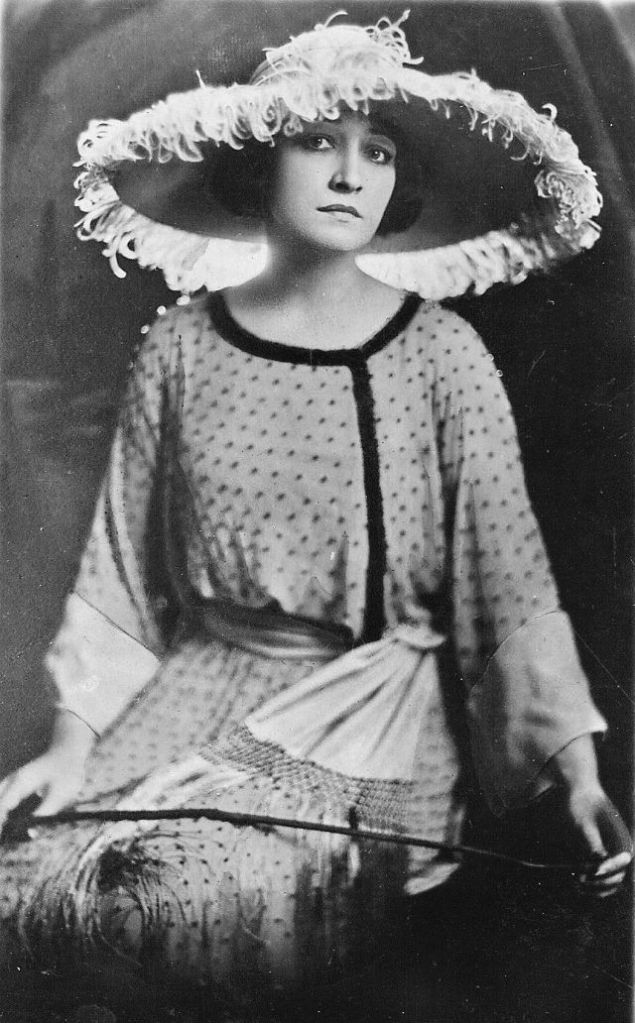



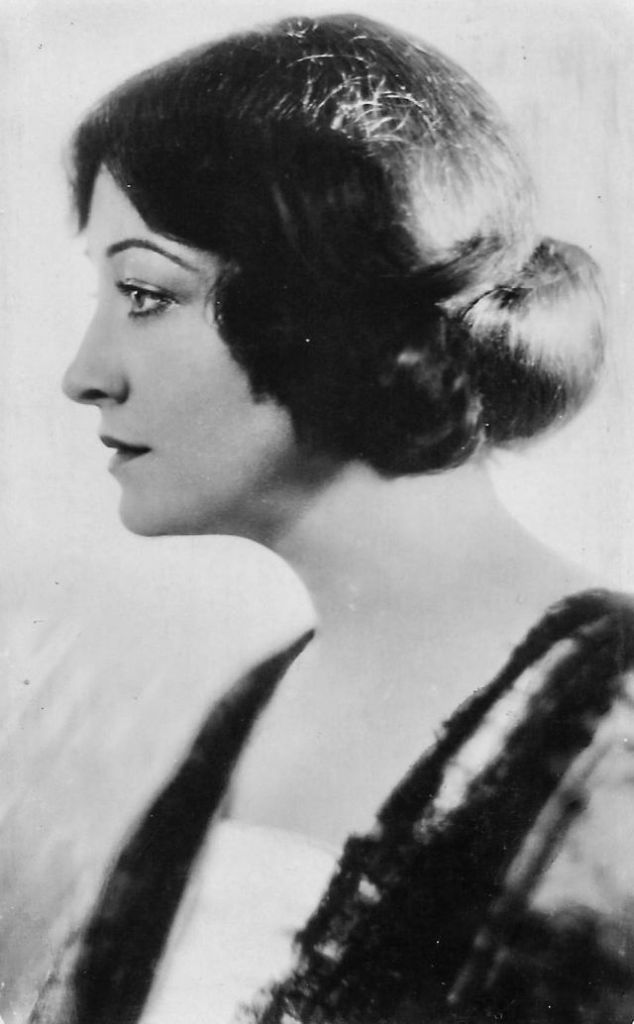
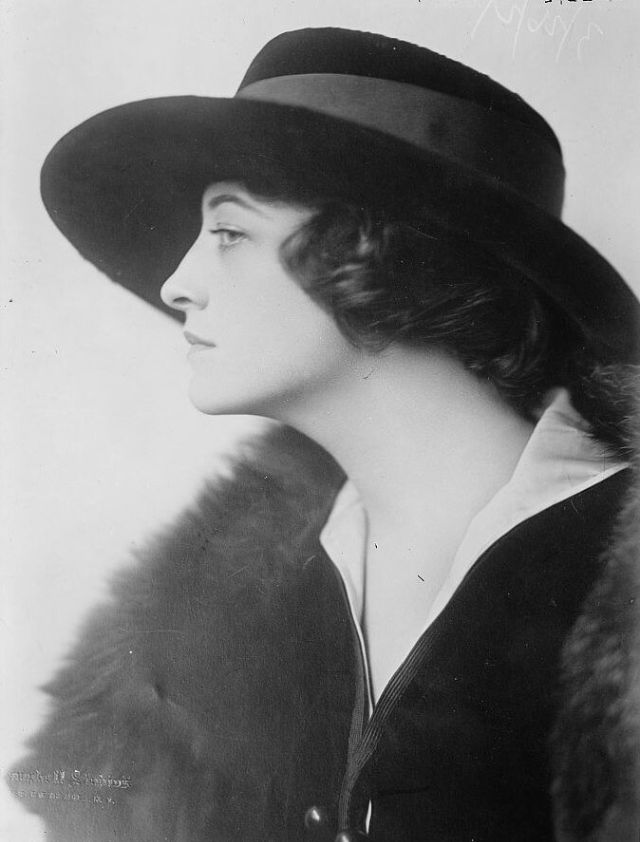
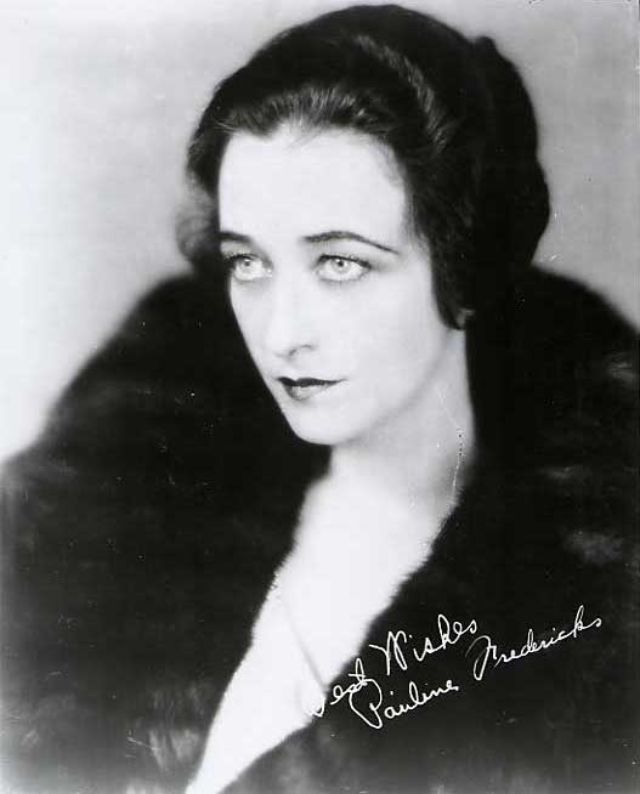





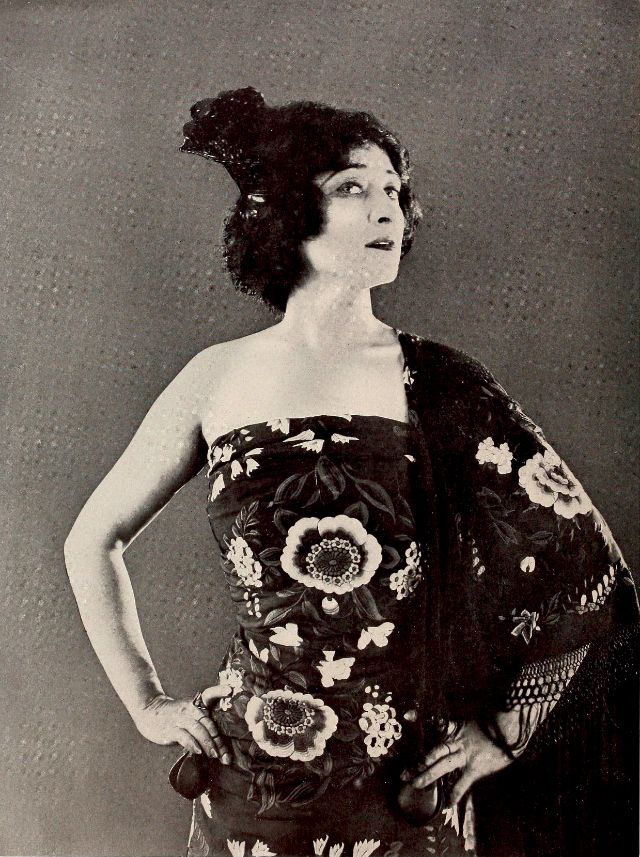
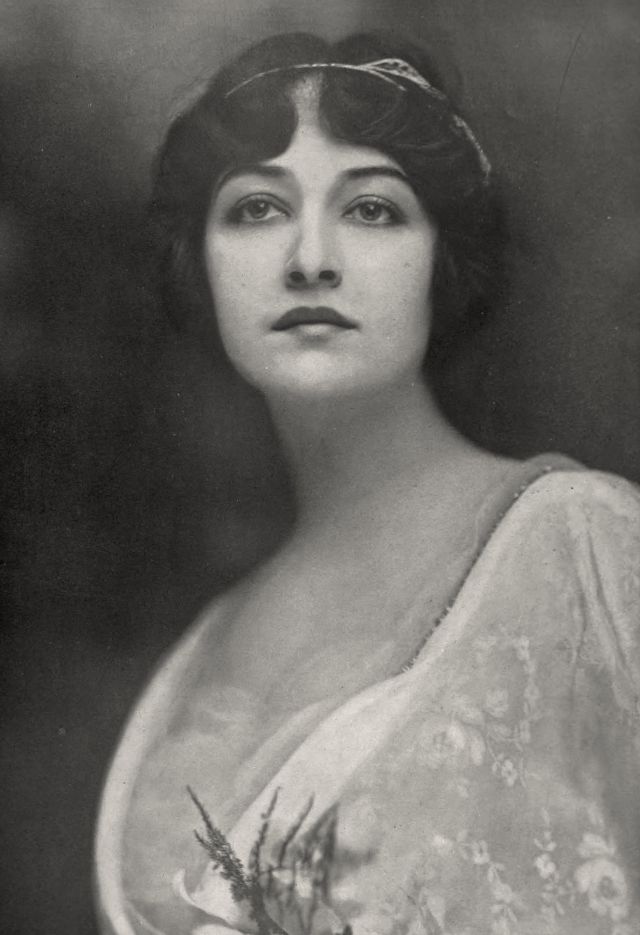



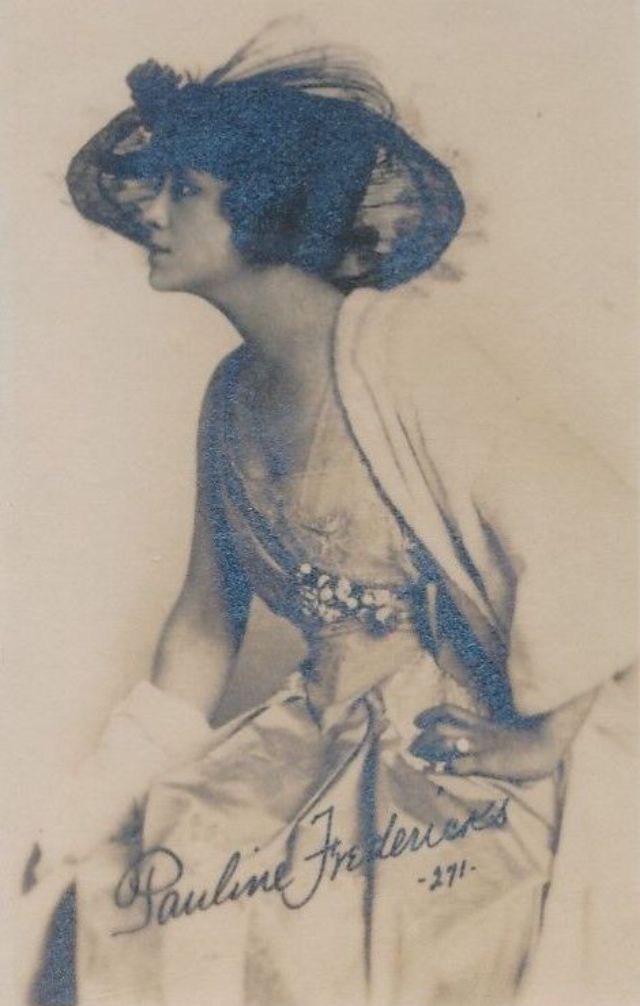






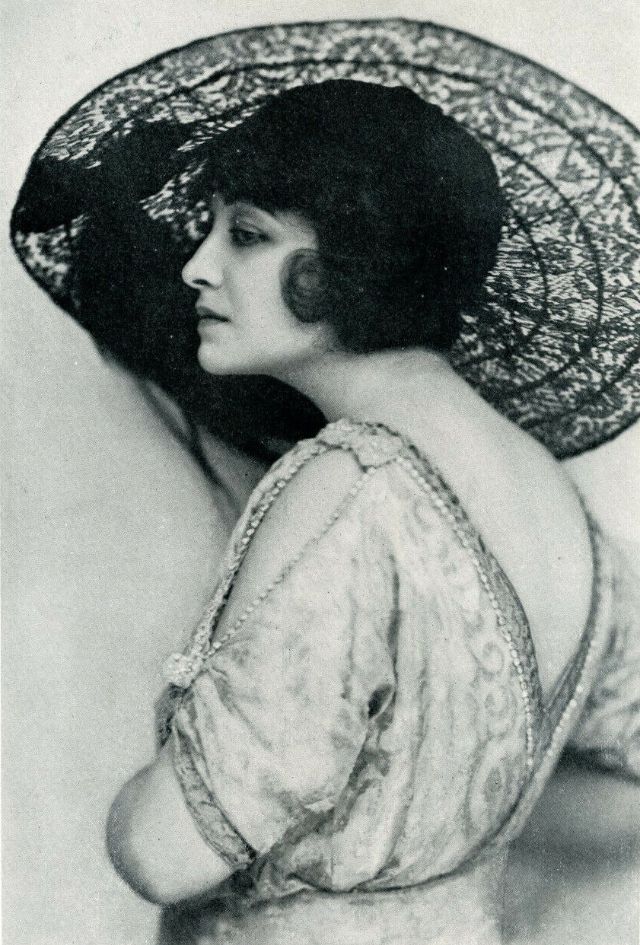


We hope you enjoyed these photographs from the 1910s and 1920s. Please consider subscribing to our blog so you will be sure not to miss any of our great content. The cost is only $5 permonth and this small amount goes a long way to ensure that we are able to continue to bring you the volume of content that you have grown to enjoy. Thank you for your support.
Michael, Yesterday Today

The 1950s saw the birth of the teenager and with it rock n roll and youth fashion dominating the fashion industry. In the UK the Teddy boy became both style icons and anti-authoritarian figures. While in America Greasers had a similar social position. Previously teenagers dressed similarly to their parents but now a rebellious and different youth style was being developed. This was particularly noticeable in the overtly sexual nature of their dress. Men wore tight trousers, leather jackets and emphasis was on slicked, greasy hair.
New ideas meant new designers who had a concept of what was fashion. Fashion started gaining a voice and style when Christian Dior created “The New Look” collection. The 1950s was not only about spending on luxurious brands but also the idea of being comfortable was created. It was a time where resources were available and it was a new type of fashion. Designers were creating collections with different materials such as: taffeta, nylon, rayon, wool and leather that allowed different colors and patterns. People started wearing artificial fibers because it was easier to take care of and it was price effective. It was a time where shopping was part of a lifestyle.
Different designers emerged or made a comeback on the 1950s because as mention before it was a time for fashion and ideas. The most important designers from the time were:
Christian Dior: everything started in 1947 after World War II was over. Christian Dior found that there were a lot of resources in the market. He created the famous and inspirational collection named “The New Look.” This consisted on the idea of creating voluminous dresses that would not only represent wealth but also show power on women. This collection was the first collection to use 80 yards of fabric. He introduced the idea of the hourglass shape for women; wide shoulders, tight waistline and then voluminous full skirts. Dior was a revolutionary and he was the major influence for the next collections. He is known for always developing new ideas and designs, which led to a rapid expansion and becoming worldwide known. He had pressure to create innovative designs for each collection and Dior did manage to provide that to the consumers. He not only made the hourglass shape very famous but he also developed the H-line as well as the A and Y-Lines. Dior was a very important designer, he changed the way fashion was looked on the world but most importantly he reestablished Paris as a fashion capital.
Cristobal Balenciaga: Cristobal Balenciaga a Spanish designer who opened his first couture house in 1915. In 1936, he went to Paris in order to avoid the Spanish Civil War, there he had inspiration for his fashion collections. His designs were an inspiration for emerging designers of the time. His legacy is as important as the one from Dior, revolutionaries. He was known for creating sack dresses, heavy volumes and balloon skirts. For him everything started when he worked for Marquesa de Casa Torre who became his patron and main source of inspiration. Marquesa de Casa Torre helped Balenciaga enter the world of couture. His first suit was very dramatic. The suit consisted on cutout and cut-ins the waist over a slim skirt, something not seen before. Balenciaga was a revolutionary designer who was not afraid to cut and let loose because he had everything under control. In the 1950s and 1960s his designs were well known for attention to color and texture. He was creating different silhouettes for women, in 1955 he created the tunic, 1957 the sack dress and 1958 the Empire styles. He was known for moving from tailored designs to shapeless allowing him to show portion and balance on the bodies. Showing that his designs evolved with time and maintained his ideologies.
Coco Chanel: Her style was well known over the world and her idea of having functional luxurious clothing influenced other designers from the era. Chanel believed that luxurious should come from being comfortable that is why her designers were so unique and different from the time period, she also achieved her looks by adding accessories such as pearl necklaces. Chanel believed that even though Dior designs were revolutionary for the time period they did not managed to represent the women of the time. She believed women had to wear something to represent their survival to another war and their active roles in society. Coming back from a closed house of fashion was not easy for Chanel and competing against younger designers. The Chanel suit was known as a status symbol for wealthy and powerful women. Chanel influenced over the years and her brand is still one of the most influential brands for fashion.
Take a look at these stunning photos to see what women’s fashion in the 1950s looked like.

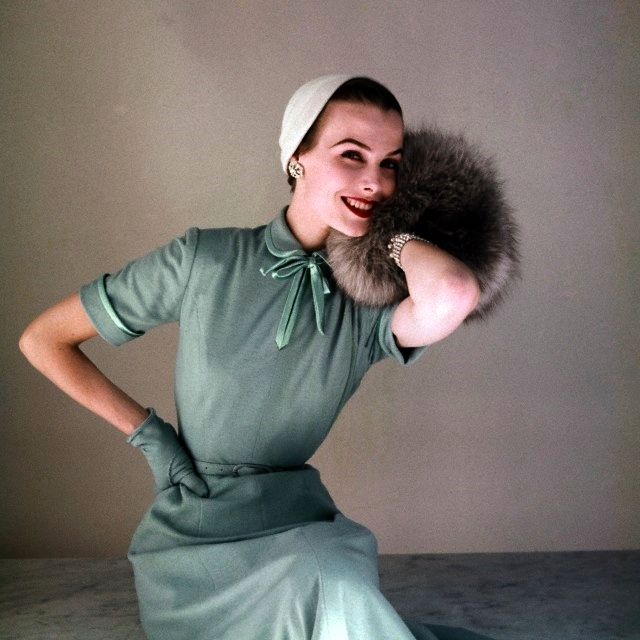


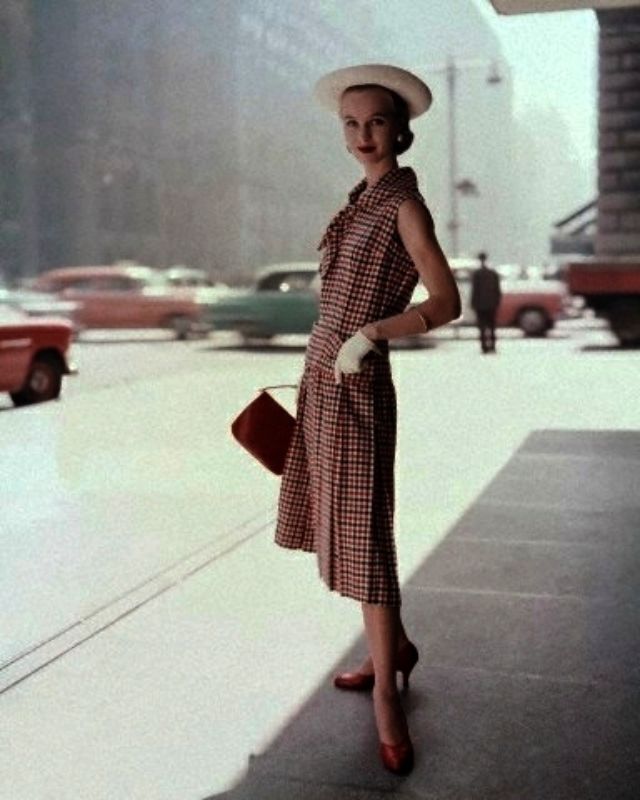
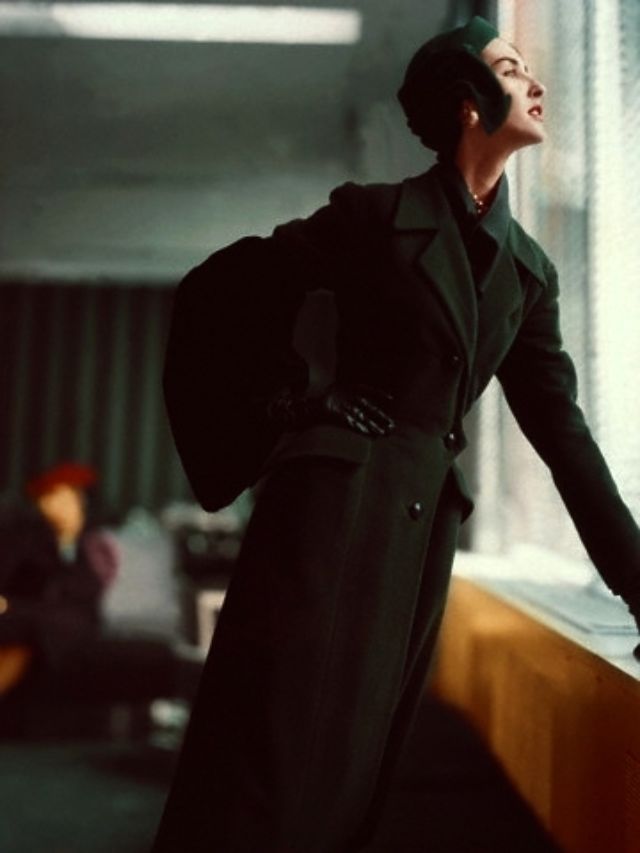

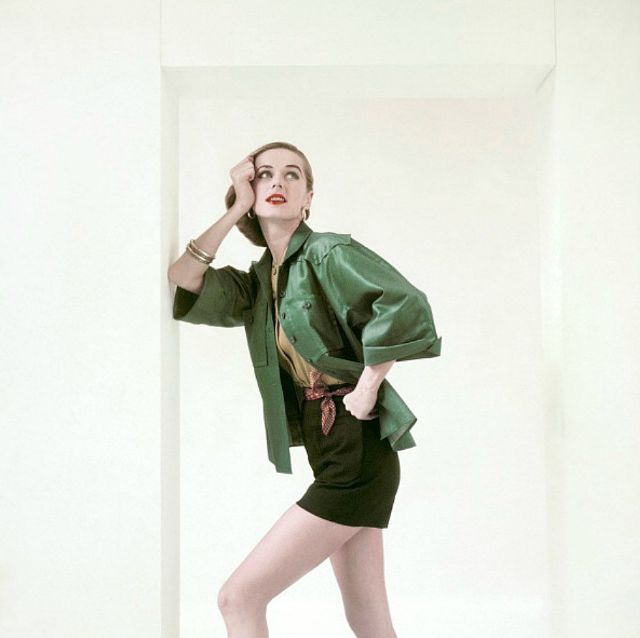

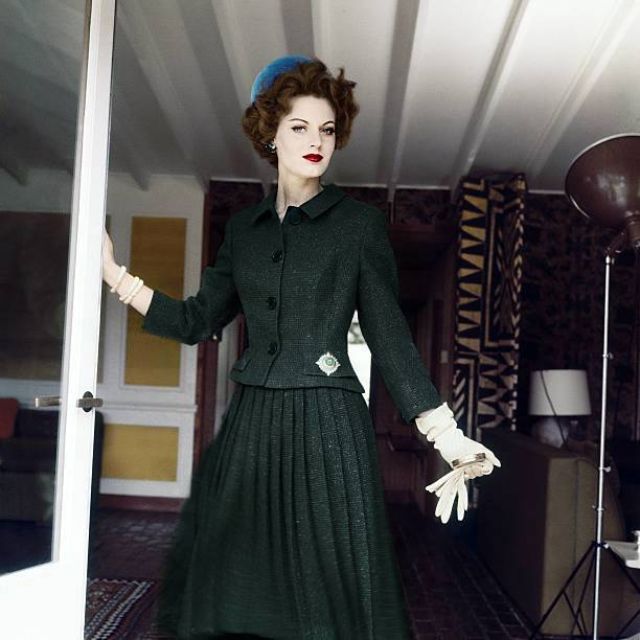

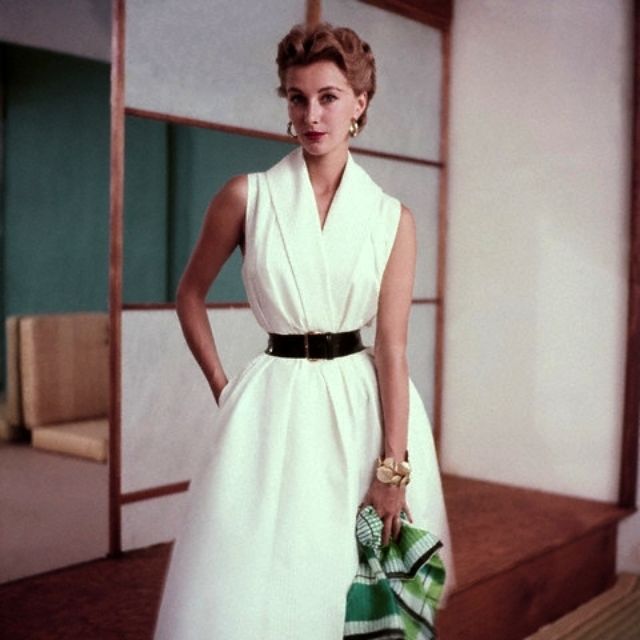


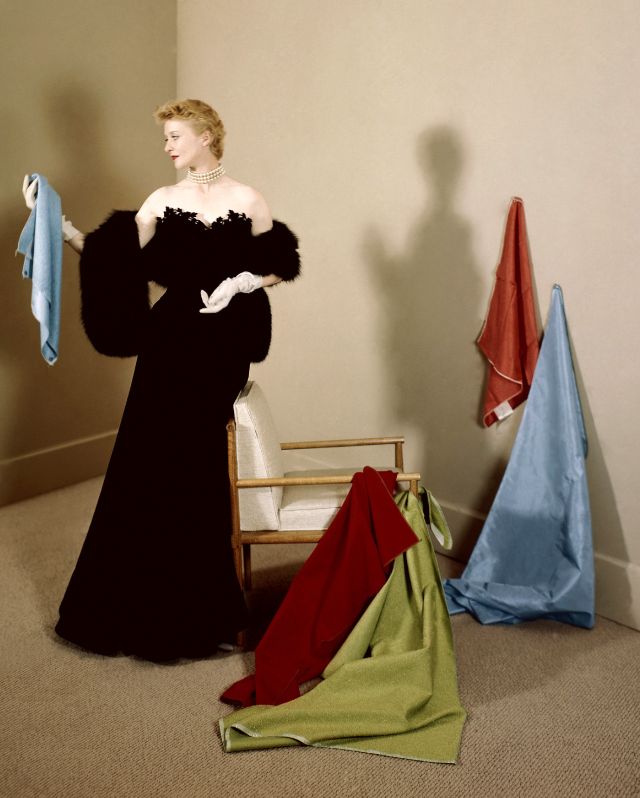


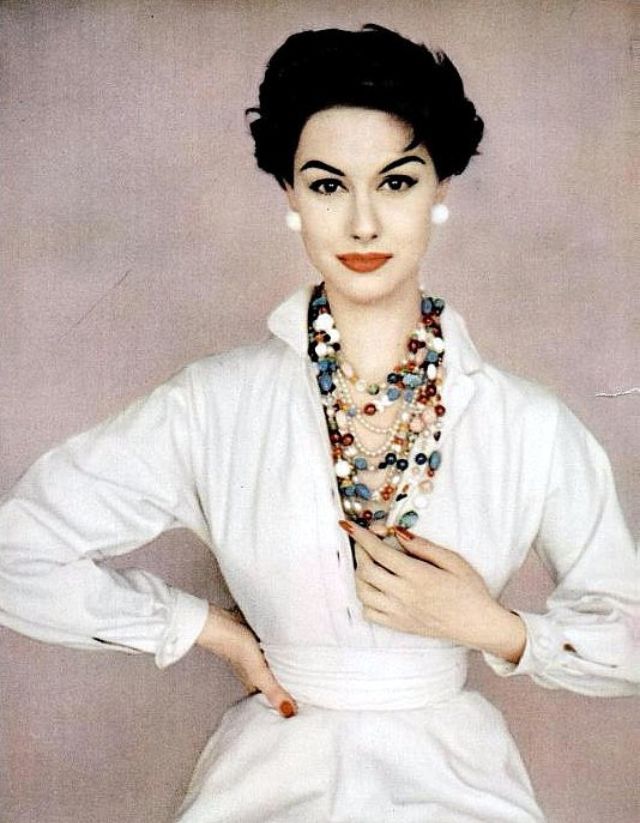
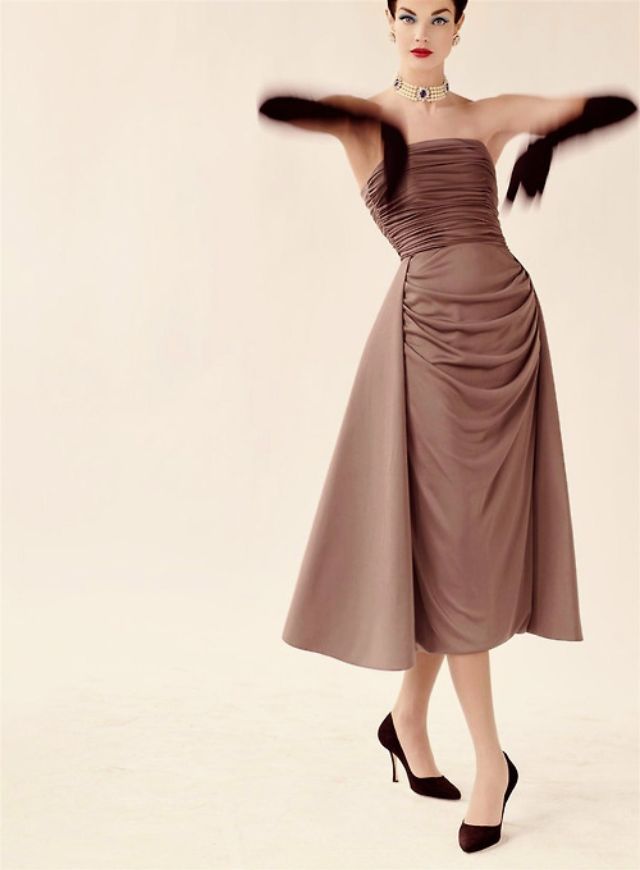



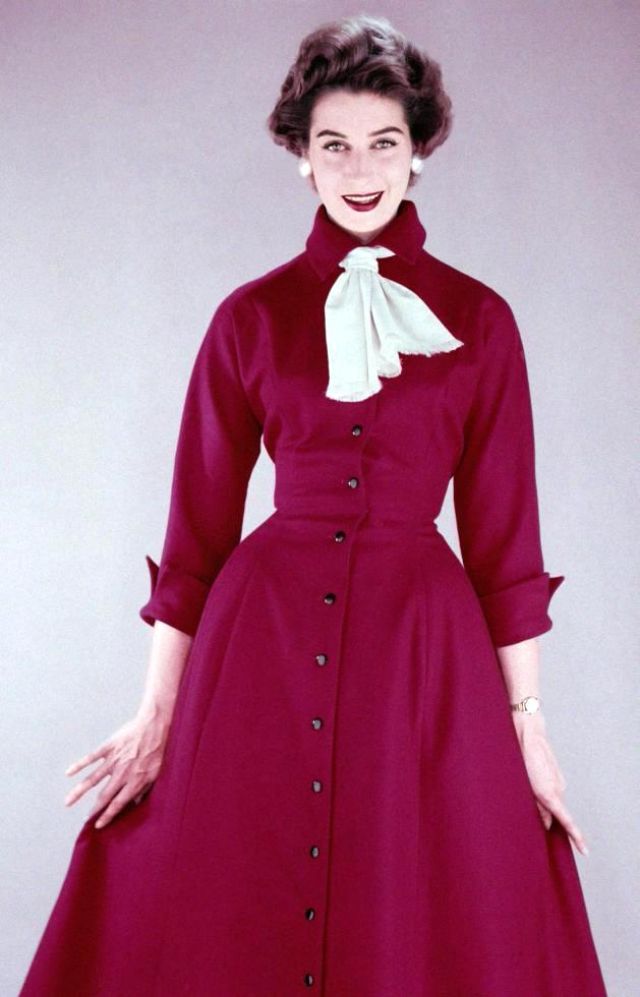



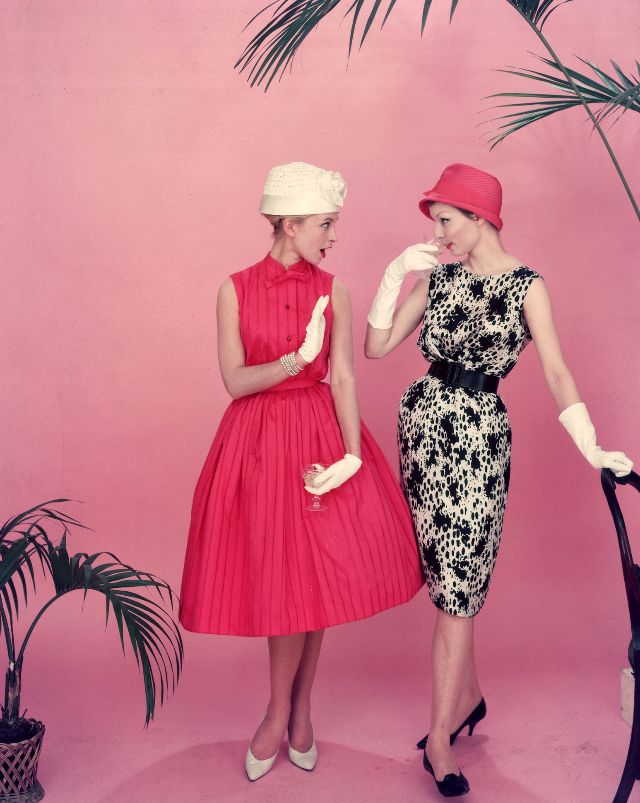



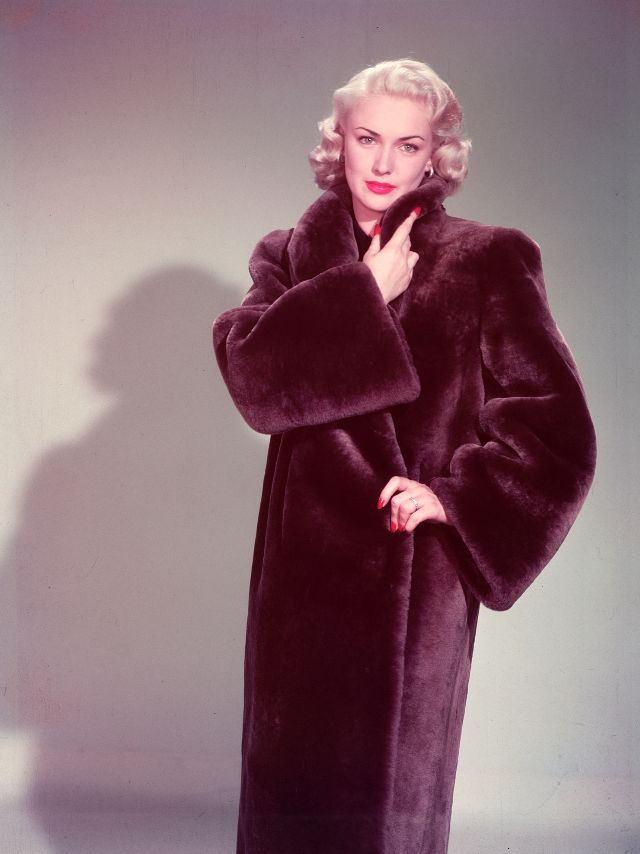



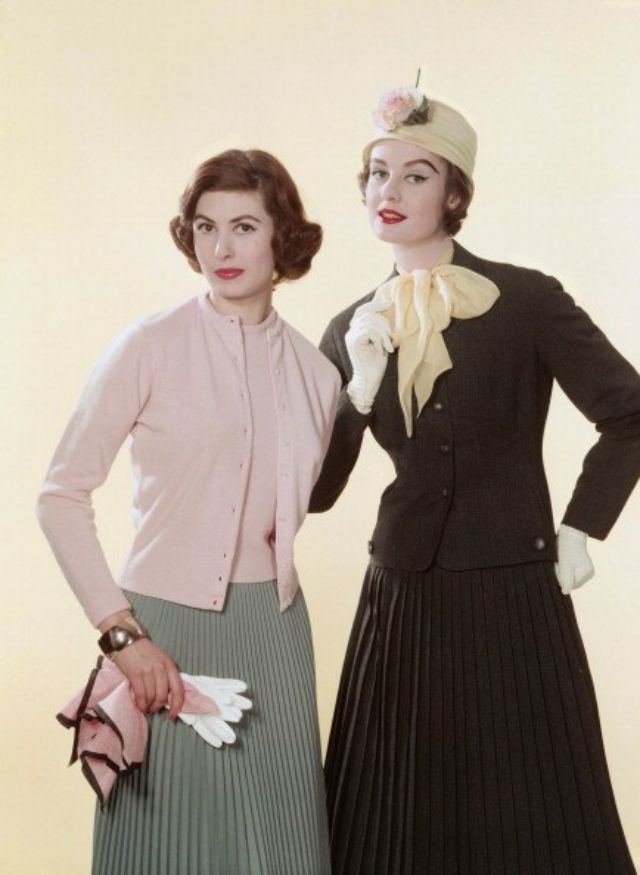
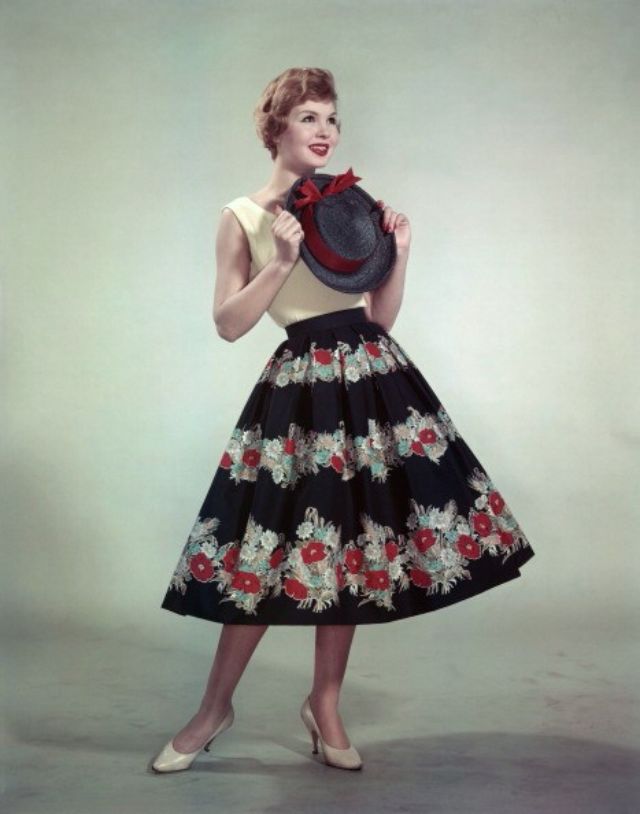
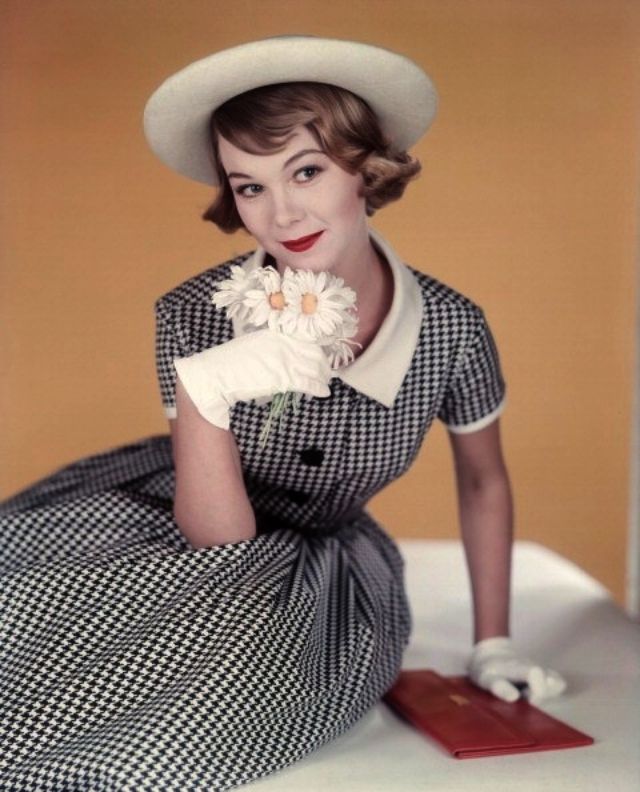
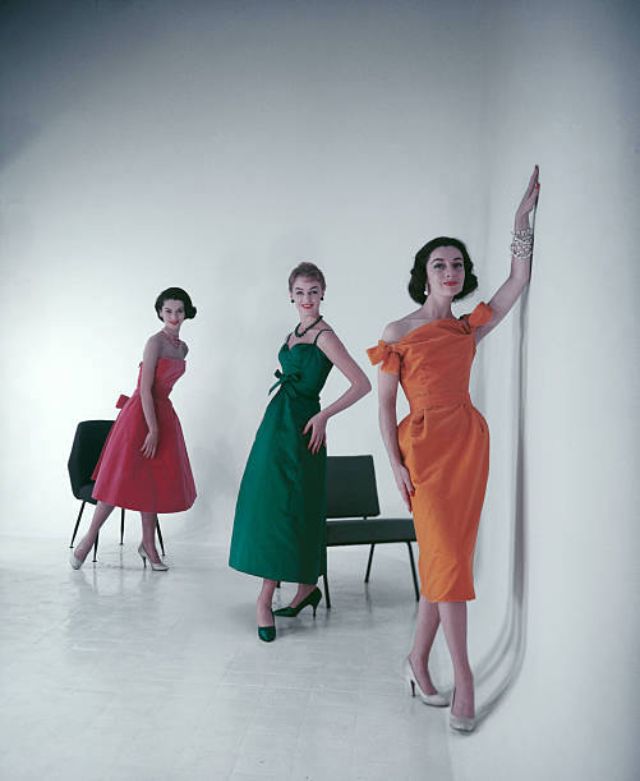







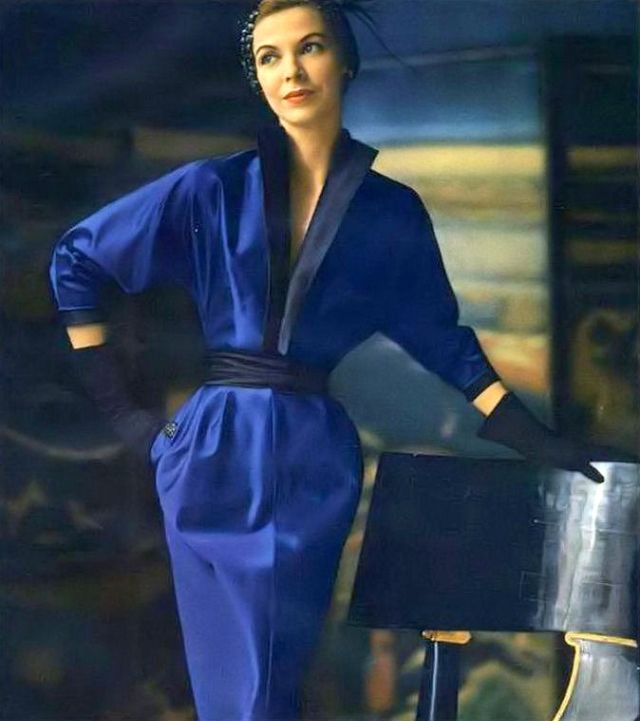
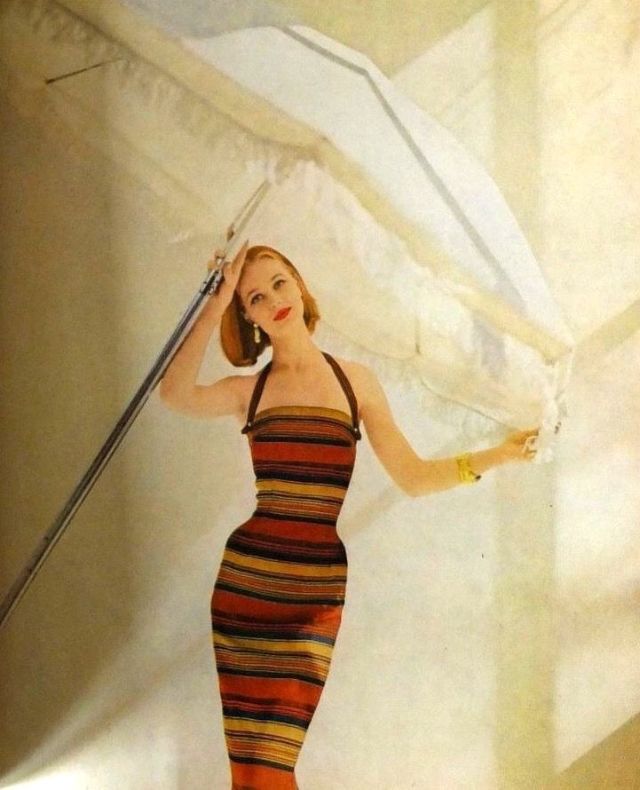


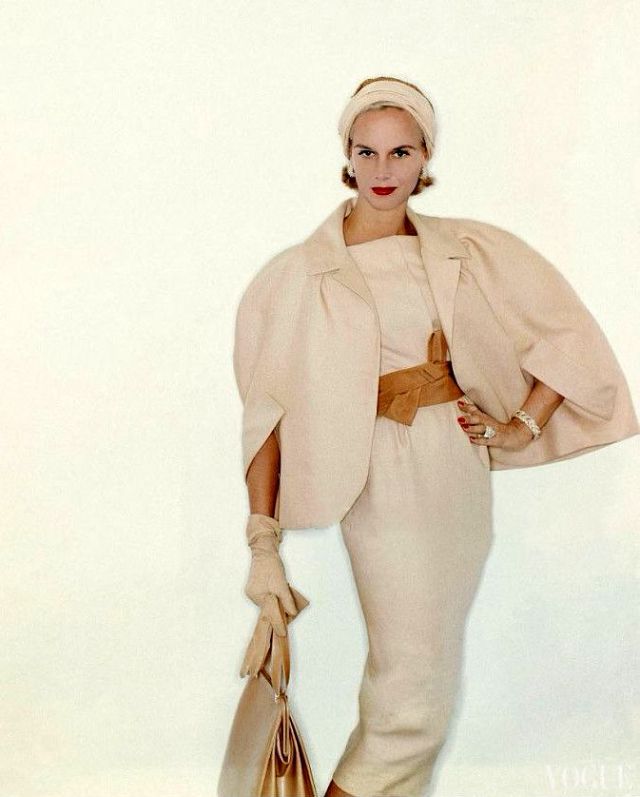













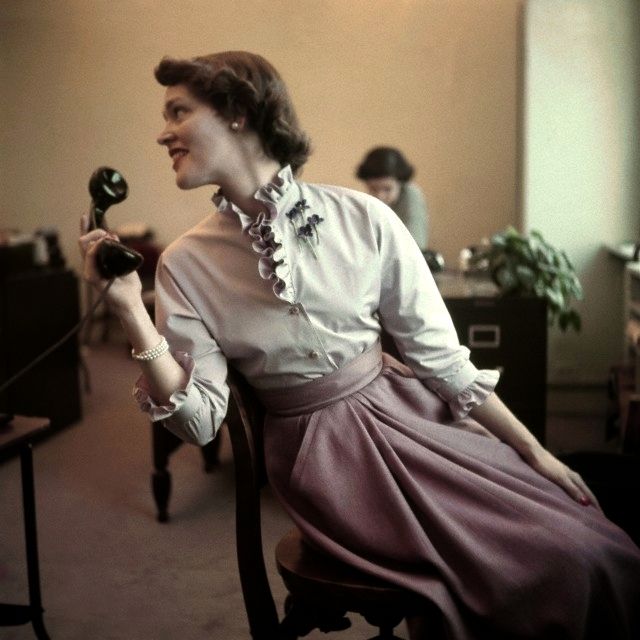
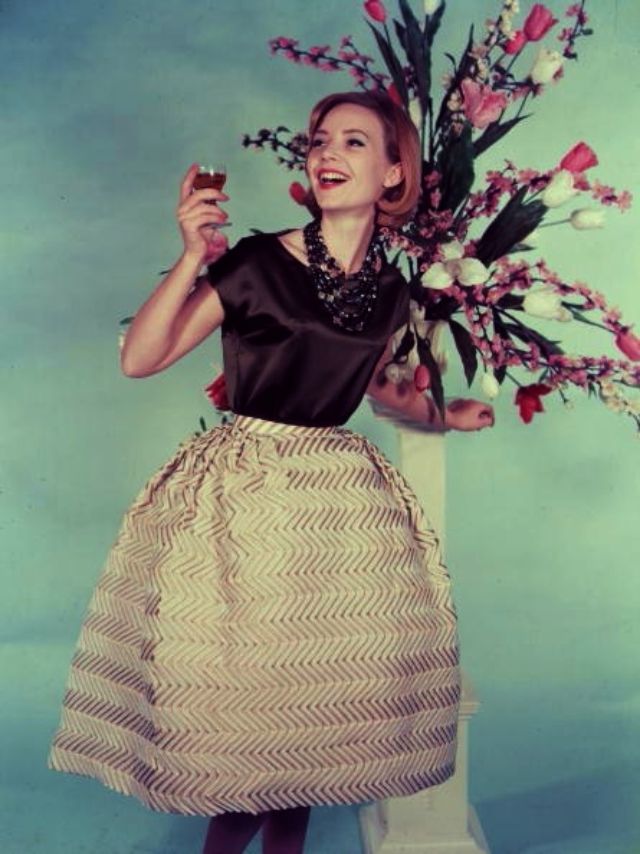
We hope you enjoyed these photographs from the 1950s. Please consider subscribing to our blog so you will be sure not to miss any of our great content. The cost is only $5 permonth and this small amount goes a long way to ensure that we are able to continue to bring you the volume of content that you have grown to enjoy. Thank you for your support.
Michael, Yesterday Today

Become a paid subscriber to get access to the rest of this post and other exclusive content.

Become a paid subscriber to get access to the rest of this post and other exclusive content.

Become a paid subscriber to get access to the rest of this post and other exclusive content.

Become a paid subscriber to get access to the rest of this post and other exclusive content.

Become a paid subscriber to get access to the rest of this post and other exclusive content.

Become a paid subscriber to get access to the rest of this post and other exclusive content.

Become a paid subscriber to get access to the rest of this post and other exclusive content.

Become a paid subscriber to get access to the rest of this post and other exclusive content.

Become a paid subscriber to get access to the rest of this post and other exclusive content.

Become a paid subscriber to get access to the rest of this post and other exclusive content.

Become a paid subscriber to get access to the rest of this post and other exclusive content.

Become a paid subscriber to get access to the rest of this post and other exclusive content.

Become a paid subscriber to get access to the rest of this post and other exclusive content.


Become a paid subscriber to get access to the rest of this post and other exclusive content.


Become a paid subscriber to get access to the rest of this post and other exclusive content.


Become a paid subscriber to get access to the rest of this post and other exclusive content.
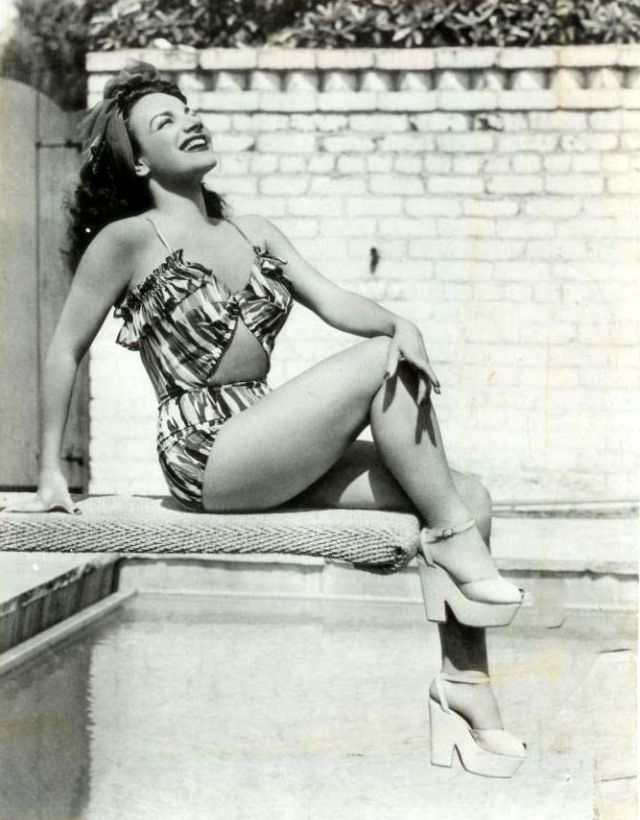

Become a paid subscriber to get access to the rest of this post and other exclusive content.


Become a paid subscriber to get access to the rest of this post and other exclusive content.